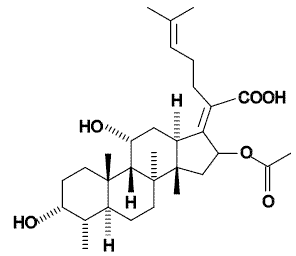Aims: Evaluation of postoperative infections in T.H.R. and T.K.R., after randomized prophylactic use of Fusidic acid, Vancomycin and Cefuroxime and assessment of their side effects.
Methods: From December 2000 to April 2002, 128 patients were operated on T.H.R. and T.K.R. in Orthopaedic Department of University of Patras (64 for T.H.R. and 47 for T.K.R.). Mean age was 66.5 years (range 45-90yrs.). The patients were categorized into three groups. In the first group was administrated Fusidic acid 500mg and Cefuroxime 1.5gr preoperatively and 2 doses of Fusidic acid 500mg postoperatively. The second group received Vancomycin 1gr and Cefuroxime 1.5gr preoperatively and 2 doses of Vancomycin 1gr postoperatively. The third group received Cefuroxime 1.5gr preoperatively and 2 doses of Cefuroxime 750mg postoperatively. Blood tests were systematically performed preoperatively, and the first and fifth postoperative day. Mean follow up was 8 months. Results: No deep wound infection was observed. Superficial infections developed 2 pt. (1.58%) of the first group, 2 pt. (1.58%) of the second group and 3 pt. (2.3%) of the third group. Temperature over 38.3o C attributed to another infection site was observed in 4 pt. of the first group, 2 pt. of the second group and 7 pt. of the third group, while temperature over 38.3o C with unknown origin was noted in 7,2,6 patients respectively. No side effect was recorded.
Conclusions: The proper use of antibiotic prophylaxis according to pharmakokinetic and pharmako-dvnamic properties combined with sterile surgical techniques, prevents early deep wound infections in T.H.R. and T.K.R. The use of specific antistaphylococcal agents is of no benefit in antimicrobial prophylaxis for the above operations.
A. Karageorgos, A.X. Papadopoulos, M. Marangos, M. Tyllianakis
Orthopaedic Department of Patras University, Patra.
Copyright British Editorial Society of Bone & Joint Surgery 2003
Provided by ProQuest Information and Learning Company. All rights Reserved



